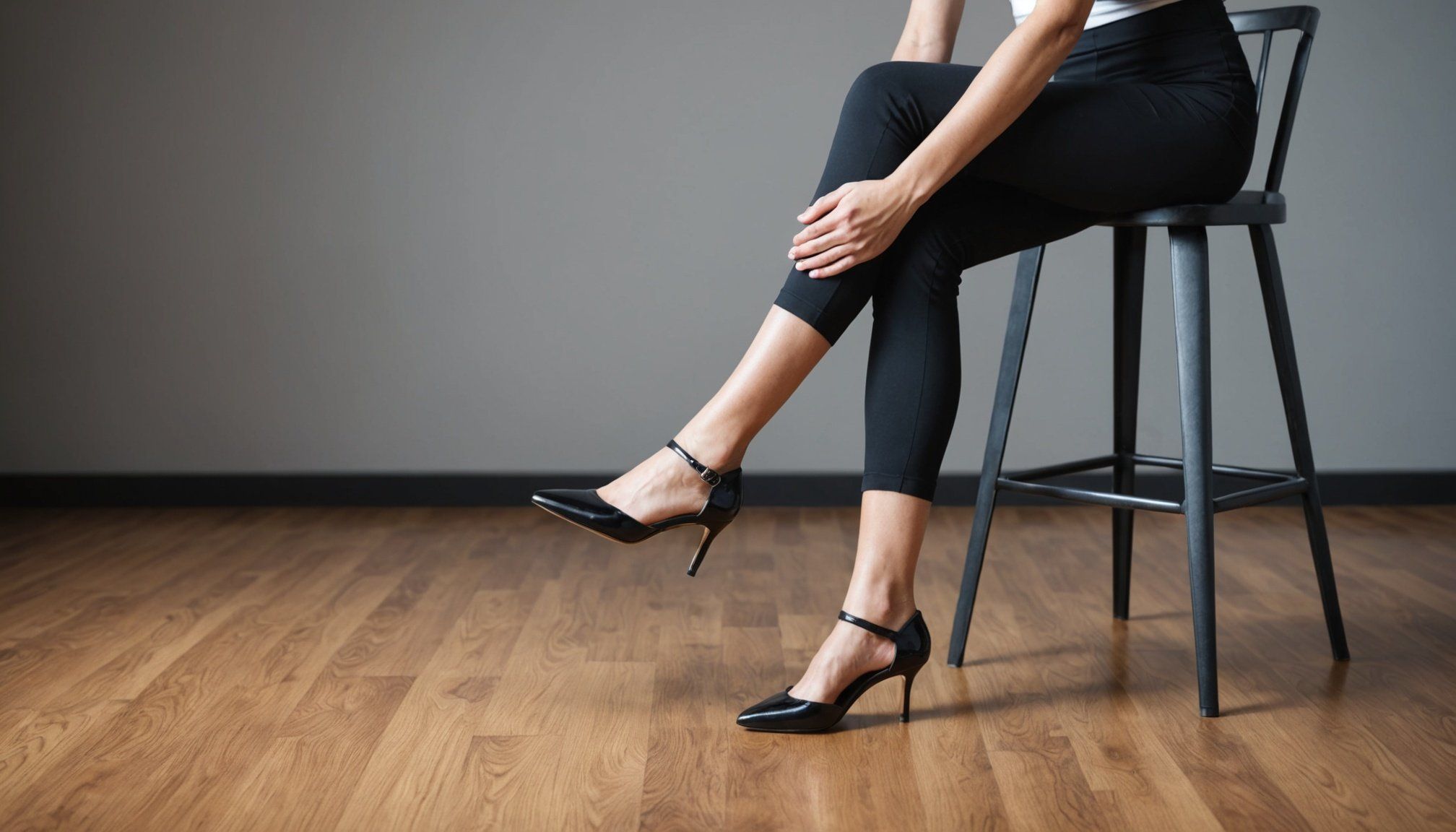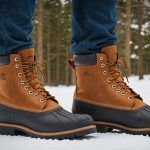Unleash Stronger Ankles: The Top 3 Essential Exercises for High Heel Lovers
Why Strong Ankles Matter for High Heel Wearers
If you’re a fan of high heels, you know the allure they bring to any outfit, but you’re also likely familiar with the discomfort and potential risks they pose to your feet and ankles. Weak or stiff ankles can lead to poor balance, increased risk of ankle sprains, and even long-term damage to your lower body. Here’s why strengthening your ankles is crucial:
- Ankle Mobility and Stability: High heels often force your ankles into an unnatural position, reducing your range of motion and stability. Strong, flexible ankles can help mitigate these effects by providing better support and balance[3].
- Preventing Injuries: Overuse or repeated stress on the ankles, common in high heel wearers, can weaken them over time. Strengthening your ankles through targeted exercises can prevent injuries and improve your overall performance in various physical activities[1].
- Enhancing Lower Body Workouts: Strong ankles are essential for effective lower body workouts, including squats, lunges, and even simple activities like walking. Proper ankle flexion is necessary for deep squats with good form, allowing the knee to track over the toe through dorsiflexion[1].
Top 3 Essential Exercises for Stronger Ankles
Here are the top three exercises that can help you build stronger, more resilient ankles, perfect for high heel lovers.
Also to see : Elevate your home décor: insider strategies to incorporate timeless art deco elegance into your space
1. Calf Raises
Calf raises are a fundamental exercise for strengthening the calf muscles (gastrocnemius and soleus) and improving ankle mobility.
How to Do It:
Also read : Revamp Your Beauty Rituals: Adopt These Green Practices for a Sustainable Glow
- Stand with your feet hip-width apart, holding onto a stable surface for support if needed.
- Slowly rise up onto your tiptoes, then lower your heels back down.
- Aim for 10-15 repetitions of this exercise.
- For added challenge, perform calf raises on an incline or using a step, which allows for a greater range of motion[1][3].
Benefits:
- Strengthens the calf muscles and Achilles tendons.
- Improves ankle mobility and balance.
- Enhances stability and reduces the risk of ankle sprains.
2. Ankle Circles
Ankle circles are a simple yet effective exercise for increasing flexibility in the ankle joint.
How to Do It:
- Sit on the edge of a chair with your feet lifted off the ground.
- Rotate your ankles in a circular motion, first clockwise and then counterclockwise.
- Perform 10 circles in each direction.
- Repeat on the other foot[3].
Benefits:
- Increases flexibility in the ankle joint.
- Helps prevent stiffness and improves range of motion.
- Enhances balance and stability.
3. Knees Over Toes (with Elevation)
This exercise is particularly beneficial for improving ankle dorsiflexion, which is crucial for deep squats and overall lower body strength.
How to Do It:
- Place your foot a certain distance from a wall or bench to test your current ankle mobility.
- Slowly push your knees over your toes, keeping your heels on the ground.
- For added challenge, use an elevation (like a step or bench) to increase the range of motion.
- Hold each position for a few seconds and repeat for several sets[1].
Benefits:
- Improves ankle dorsiflexion and overall ankle mobility.
- Enhances squat form and lower body workouts.
- Strengthens the muscles around the ankle joint.
Additional Tips for High Heel Wearers
In addition to these exercises, here are some practical tips to help you maintain healthy ankles and feet while enjoying your high heels.
Wearing Supportive Footwear
When not wearing high heels, opt for shoes that provide adequate support and cushioning. Choose shoes with a wide toe box, good arch support, and sufficient cushioning to absorb shock. Avoid high heels and shoes that are too tight or narrow, as they can lead to various foot problems[3].
Gradual Increase in Physical Activity
If you’re starting a new exercise routine or participating in a sport, gradually increase the intensity and duration to allow your feet and ankles to adapt. This reduces the risk of overuse injuries and helps your body adjust to the demands[3].
Warm Up and Cool Down
Before engaging in physical activity, warm up your muscles and stretch your feet and ankles. This increases blood flow and flexibility, reducing the chances of strains or sprains. Cooling down after exercise is equally important to allow your body to recover and prevent stiffness[3].
Detailed Exercise Routine
Here’s a detailed routine you can incorporate into your weekly workout plan:
Warm-Up:
- Light cardio such as walking or jogging
- Dynamic stretches for the lower body, including leg swings and calf raises
Exercise Routine:
| Exercise | Sets | Reps | Description |
|---|---|---|---|
| Calf Raises | 3 | 10-15 | Stand with feet hip-width apart, rise onto tiptoes, then lower heels. |
| Ankle Circles | 3 | 10 | Rotate ankles in circular motions, first clockwise then counterclockwise. |
| Knees Over Toes | 3 | 10 | Push knees over toes, keeping heels on the ground, with optional elevation. |
Cool Down:
- Static stretches for the calf muscles, hamstrings, and glutes
- Foam rolling or self-myofascial release for the lower body
Practical Insights and Actionable Advice
Listening to Your Body
When starting any new exercise routine, it’s crucial to listen to your body. If you experience pain or discomfort, stop the exercise immediately and consult with a healthcare professional.
Consistency is Key
Incorporate these exercises into your routine 2-3 times a week to see noticeable improvements. Consistency is key when it comes to building stronger ankles and improving overall lower body strength[1].
Combining Exercises
Combine these ankle exercises with other lower body workouts like squats, lunges, and glute bridges to create a well-rounded routine. For example, adding squats 1-2 times a week can significantly improve your ankle mobility and lower body strength[1].
Quotes and Expert Advice
- “Having greater ankle mobility means that the ankle joint and its surrounding muscles and tendons are flexible. When your ankle joint is flexible, you’ll have a greater range of motion during your exercises – particularly squats,” says Lindsey Bomgren, certified personal trainer[1].
- “Strong foot and ankle muscles are the foundation for pain-free steps. By incorporating specific exercises and stretches into your routine, you can strengthen these muscles and prevent common issues such as plantar fasciitis and Achilles tendonitis,” advises a health expert from Physician Partners of America[3].
Building stronger ankles is not just about preventing injuries; it’s about enhancing your overall lower body strength, balance, and stability. By incorporating these top three exercises into your workout routine and following the additional tips provided, you can enjoy your high heels while maintaining healthy and resilient ankles.
Remember, consistency and patience are key. Start slowly, listen to your body, and gradually increase the intensity of your workouts. With time and dedication, you’ll be able to walk in those high heels with confidence and comfort, knowing your ankles are strong and ready to support you.











